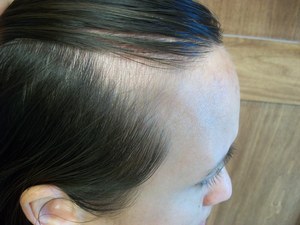When it comes to fighting the effects of aging there are plenty of treatments on the market. Most recently ferulic acid, mandelic acid, gluconic acid, and lactobionic acid have been used in anti-aging products. If you’ve ever wondered about the science behind these ingredients and how anti-aging products work then read ahead.
Ferulic acid is a phytochemical that protects against the free radicals that lead to the oxidation of a cell. Oxidation breaks down the cell membrane and the cell DNA. Anti-aging products containing ferulic acid help to protect the skin against ultraviolet light which is damaging to the skin and strips the skin of its youthful appearance. Ferulic acid is found naturally in brown rice, oats and whole wheat. Ferulic acid is also found in coffee, apples, oranges and peanuts. When eaten it helps protect the body against bone degeneration, cancers and reduces triglyceride and cholesterol levels. In anti-aging products ferulic acid is combined with vitamins C and E. While this combination in anti-aging products may help to reduce sunburn by up to 96% it is not a substitute for sunscreen.
Mandelic acid is an alpha hydroxy that is made the extract of almonds and hydrochloric acid. Mandelic acid is used in anti-aging products to break the bond between dead skin cells by exfoliating the skin. The sometimes problematic skin sensitivity and flakiness that is present after skin exfoliation is lessened or non-existent when using anti-aging products with mandelic acid. Besides being a gentle form of exfoliation that helps to reduce fine lines and even hyperpigmentation, mandelic acid has an antibacterial effect that prohibits the development of acne.
Gluconic acid is a polyhydroxy acid that occurs naturally in cells. It works in anti-aging products to plump the skin by hydration. Gluconic acid is also known as gluconolactone in some anti-aging products. Gluconic acid is used in some skin bleaching and fading products. It is gentle on the skin and is good for those with sensitive skin. It does not increase photosensitivity as some other anti-aging products might.
Lactobionic acid performs the same anti-aging functions as does gluconic acid. Both are derived from milk and used in anti-aging products to diminish fine lines and to even skin pigmentation. Lactobionic acid is a strong antioxidant and helps the skin to repair the damage done by free radicals in the environment. Lactobionic acid is used to preserve organ tissue during organ transplants so that the effects of oxygenation are not detrimental to the organ. The effects of lactobionic acid in anti-aging products have not yet been fully explored.
While ferulic, mandelic, gluconic and lactobionic acids have been scientifically tested and are safe to use, the anti-aging products that contain the acids may be more effective for some than for others. It remains true that protecting the skin from sun-exposure, eating antioxidant rich foods, avoiding cigarette smoke and getting enough sleep will go far in keeping the skin from aging prematurely. Anti-aging products provide a little extra help for those who are already living a healthy lifestyle.




